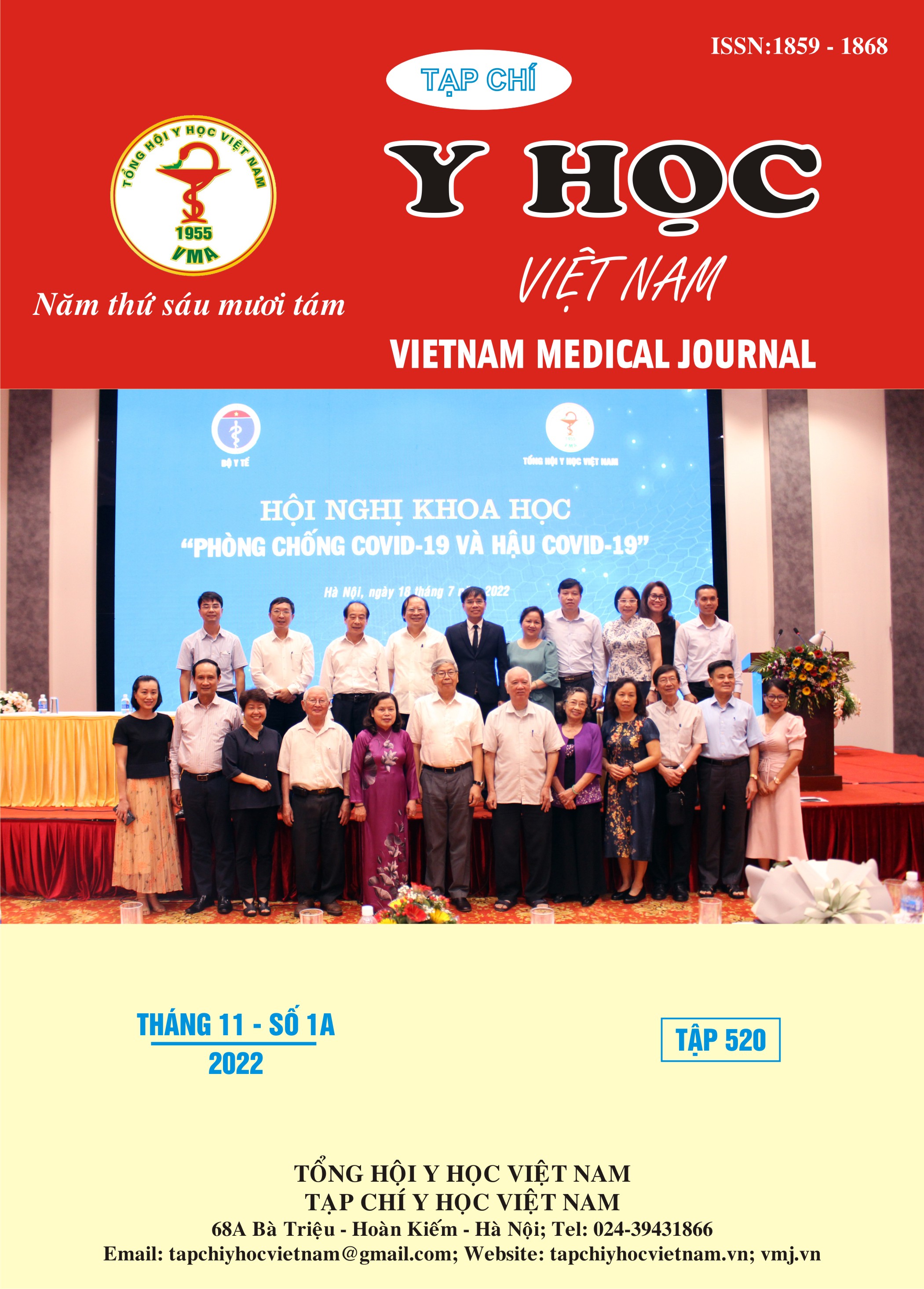SIX SIGMA APPLICATION IN EVALUATING THE EFICACY OF PERIPHERAL BLOOD CELL TESTS ON THE DXH-800 HEMATOLOGY ANALYZER AT THE NATIONAL HOSPITAL ENDOCRINOLOGY PERIOD 2019-2021
Main Article Content
Abstract
Introductions: the application of Six sigma method in quality control is very important to enhance test quality. Objectives: to evaluate the performance of peripheral blood cell testing method on DxH-800 hematology analyzer by Six sigma when TEa according to CLIA standards and biological variation range at the National Hospital of Endocrinology period 2019-2021. Subjects and research methods: cross-sectional description on subjects including: 2437 IQC results of 5 indicators in peripheral blood cell test: WBC, RBC, HGb; HCT, PLT at 3 concentration levels, 36 EQC results of 5 indicators above; allowable total error value TEa. Results: most of the sigma results according to CLIA criteria are higher than those calculated according to the biological variation range; all values of low sigma are in the HCT index (TEa according to HCT is the lowest 1.69; TEa according to CLIA sigma is the lowest at 2.96). With the specificity, once performed for all blood cell indicators, other indicators still have to be controlled like HCT with Westgard's rule of 1:2S/2:2S/R:4S/4 :1S/8X with N=4, R=2. Conclusions: the laboratory needs to review the method, controlling IQC by Westgard multi-rule is 1:2S/2:2S/R:4S/4:1S/8X with N=4, R=2. Recommendations: Regarding the method performance according to sigma, TEa should be used as recommended by CLIA because the standard of biological variation range is quite tight, making it difficult for the laboratory to achieve the quality goal.
Article Details
Keywords
six sigma, DxH-800
References
2. Suma, M.N., D. Abhijith, and K.S. Kusuma (2021). Laboratory accreditation and customer satisfaction. APIK Journal of Internal Medicine. 9(1): p. 25.
3. Westgard, S.A (2015). Six Sigma Metric Analysis for Analytical Testing Processes.
4. Nevalainen, D., et al. (2000). Evaluating laboratory performance on quality indicators with the six sigma scale. Arch Pathol Lab Med. 124(4): p. 516-9.
5. Bộ y tế (2016). Quyết định số 316/QĐ-TTg của Thủ tướng Chính phủ: Phê duyệt Đề án tăng cường năng lực hệ thống quản lý chất lượng xét nghiệm y học giai đoạn 2016-2025.
6. James O. Westgard, S.A.W. (2016). Basic QC Practices fourth edition: Training in Statistical Quality Control for Medical Laboratories.
7. Ricós C, A.V., Cava F, García-Lario JV, Hernández A, Jiménez CV, Minchinela J, Perich C, Simón M (1999). Current databases on biological variation: pros, cons and progress. Scand J Clin Lab Invest. 59(7):491-500.
8. Burnett, R.W. and J.O. Westgard (1990). Precision requirements for cost-effective operation of analytical processes. Clinical Chemistry, 1990. 36(9): p. 1629-1632.
9. Hens, K., et al (2014). Sigma metrics used to assess analytical quality of clinical chemistry assays: importance of the allowable total error (TEa) target. Clin Chem Lab Med. 52(7): p. 973-80.
10. Yupapin Ontong, B.R., Palakorn Puttaruk (2014). Evaluation and Planning Quality Control for Complete Blood Count Analyzer by Sigma Metric in Hematology Unit Laboratory at Thammasat University Hospital, Pathum Thani Province.


